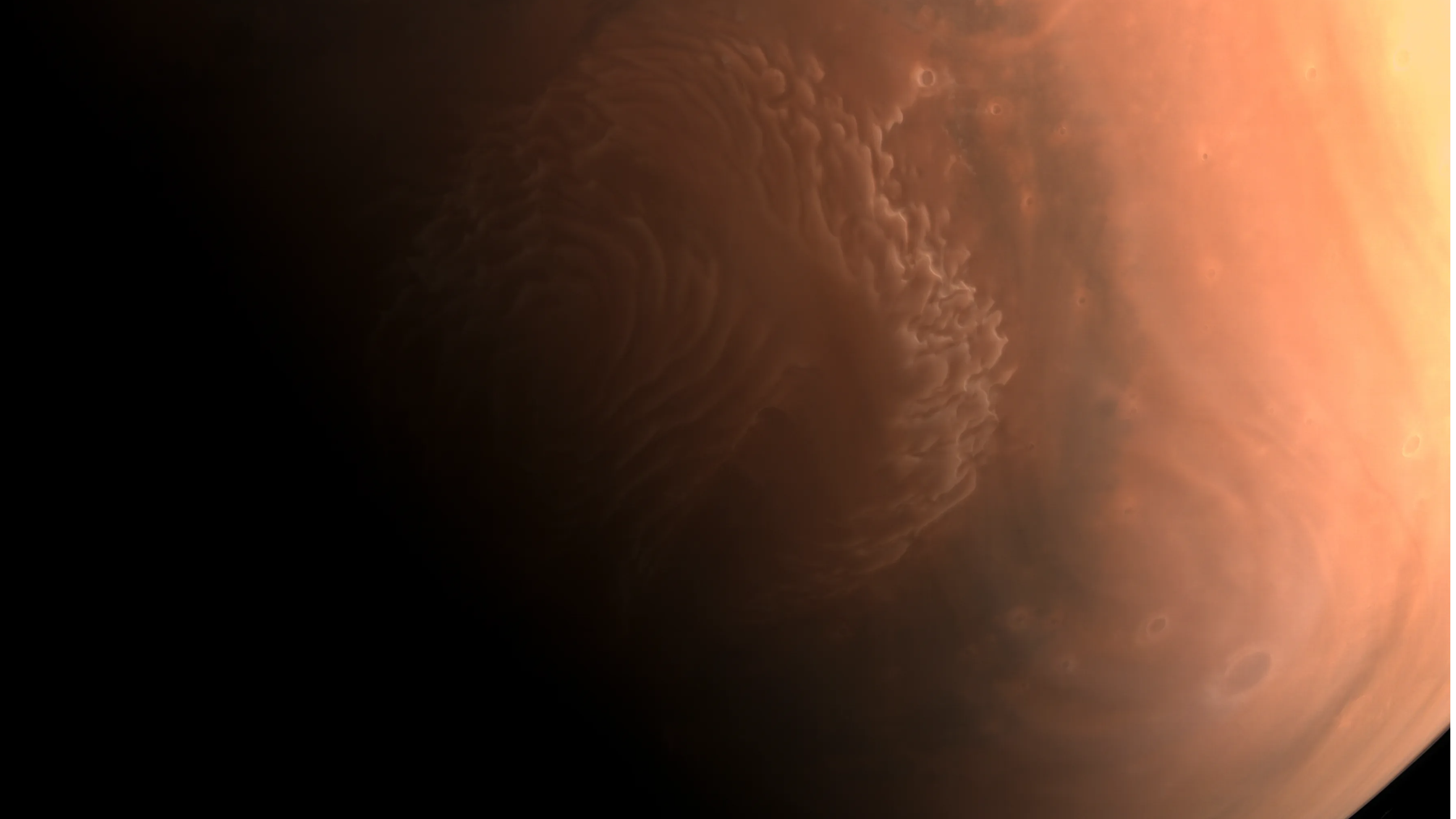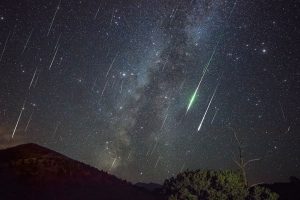Mars, also known as the red planet, makes the existence of water on its surface very unlikely. The sighting in 2018 of water below the polar ice cap had surprised the world with the possibility of life on a planet so close to earth.
Scientists have however come up with a more plausible explanation stating that the water which was seen below the polar ice cap could have been an optical illusion. They put down the sighting to a mirage.
Also read: Tonga volcano was ‘hundreds of times’ more powerful than Hiroshima bomb: NASA
The liquid was supposedly spotted beneath the planet’s ice covered south pole. Scientists saw bright reflections and assumed it to be water. However, new research by the University of Texas says that it is highly unlikely to have been water because of the planet’s temperature and weather.
The scientists suggest that the sighting could not have been water at all but volcanic rock buried under ice.
Also read: Video: Ground splits open and lava-like rock burns underneath |Watch
Cyril Grima, a planetary scientist at the university’s Institute for Geophysics, supports the recent statement by explaining that a salty environment and a strong locally generated heat source is required for water to be sustained this close to the surface and both conditions haven’t been discovered to exist on Mars. Grima also noticed the same bright reflections like those of 2018 which were scattered across the planet, matching it with that of volcanic plains.
While this may seem like disappointing news, many scientists are excited about further developments in understanding the planet and the abundance of ice caps which might hint at the possibility of water.
Isaac Smith, a geophysicist at York University, believes that the bright reflections are due to a type of clay made when rock erodes water. Images of the planet from the NASA Rover last year also confirmed that there was once a lake to the surface which was fed by a small river 3.7 billion years ago. It is hoped that the sediments found within Jezero crater would hold traces of life.







